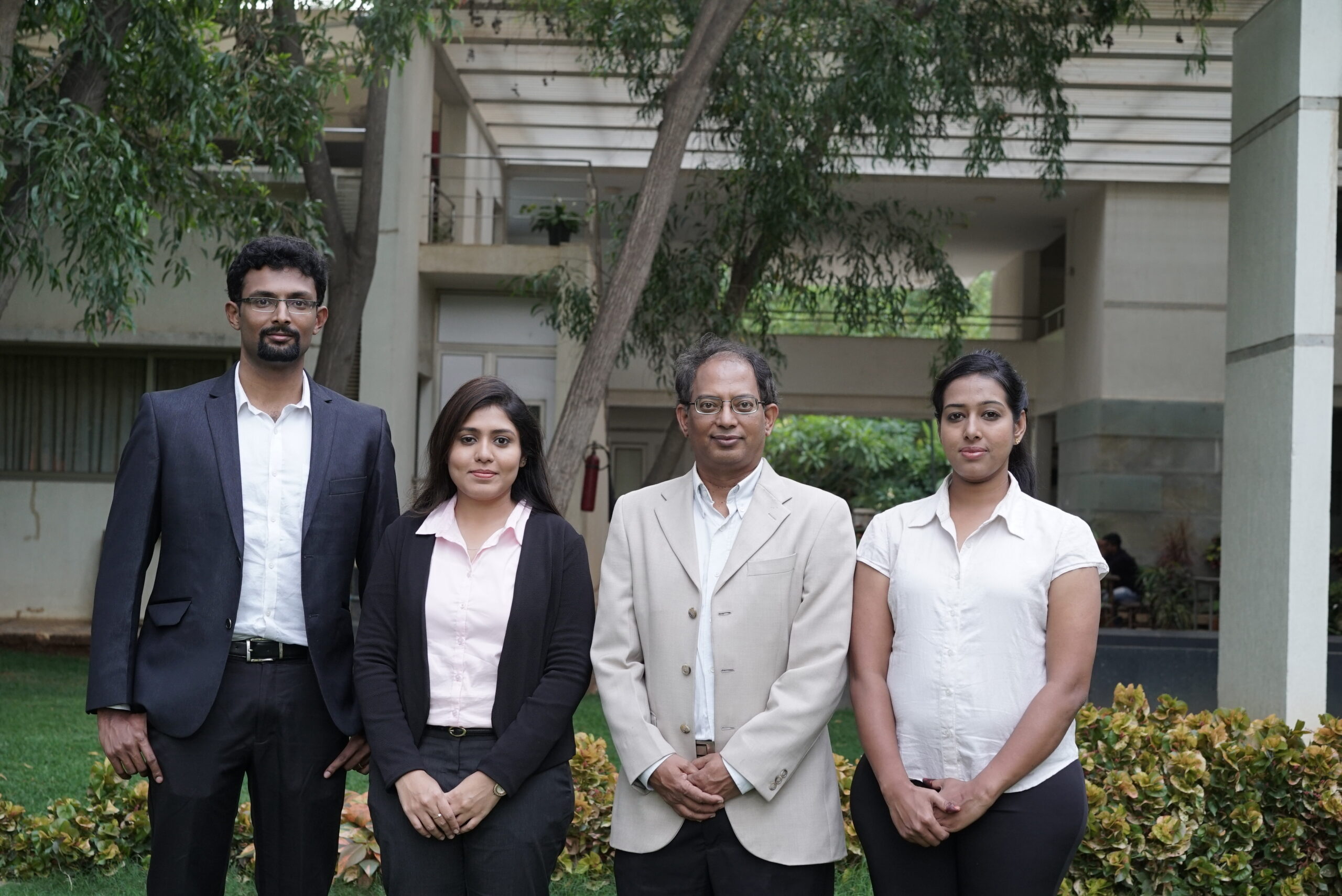India’s Sea6Energy, a member of the World Economic Forum’s UpLink Innovators community, makes novel products from sea plants for use in agriculture, aquaculture, food ingredients, renewable chemicals, bio plastics and biofuel. Customers include Norwegian chemical company Yara international, Summit Agro, a subsidiary of Japan’s Sumitomo Corporation Group that focuses on plant protection, and FMC, a U.S. agriculture company.
“We believe we can actually move away from the fossil fuel economy and make sea plant-based fuels, plastics, chemicals and agricultural products that don’t need land or fresh water to be sustainable and scalable,” says Chief Business Officer Sowmya Balendiran ,who co-founded the company with Nelson Vadassery, Sailaja Nori, and Shrikumar Suryanaryan.
The Bengaluru-based company, which was founded in 2010, has put together a diverse team with expertise in mechanical engineering, chemistry, oceanography, design, science and agriculture. The company has raised a total of $26 million, including a $18.5 million Series B round in July of 2021 from backers that included BASF, a Germany-based multinational chemical company.
The company is already selling a range of cutting-edge biostimulants containing globally patented active ingredients derived from natural extracts of red tropical sea plants that can improve the yield of land-based plants by 10% to 15%, says Balendiran. Other sea plant-based products it has put on the market include one that boosts the immunity of shrimp without having to use antibiotics and another that helps make plants immune to viral infections.
A Green Alternative To Single Use Plastics
Sea6Energy is also working on bioplastics, biodegradable polymers that serve as an environmentally friendly alternative to single use plastics in traditional packaging materials.
To replace the plastic coatings in paper sachets and cups for food and non food applications, Sea6 has developed a seaweed based, compostable coating that is grease proof and heat sealable. The scale-up is also developing seaweed- based compostable films that can be used for packaging of FMCG goods and fast foods.
Sea6Energy’s bioplastic materials, which will be available in both food and non-food grades when they become commercially available in 12-18 months, will be designed to fit into existing plant machinery and dissolve in a few months when discarded into the environment, she says.
A Sea Plant-Based Alternative To Fossil Fuels
In four to five years Sea6Energy plans to produce biocrude from sea plants. It has developed a process that uses hydrothermal liquefaction (HTL) to replicate the fossil fuel process in a matter of minutes, creating biocrude produced from sea plants in its labs. If it can sustainably cultivate its raw-material from the ocean,it will eliminate issues posed by other types of biofuels, such as the use of land and competition with food production, says Balendiran.
The amount of sea area that will be required to replace the entire crude oil requirement of India would is equivalent to a single state in India the size of Punjab, she says. The biomass requirement compared to the amount produced today would be equivalent to 8000X. This can only be done by mechanizing sea agriculture in the same way that agriculture that has been mechanized on land, says Balendiran.
Mechanizing Sea Agriculture
Today most tropical seaweed farming takes place in Indonesia or India using the same methods developed thousands of years ago. The manual process, which is labor intensive, time consuming and poses safety issues, typically results in a harvest of no more than ten meters per day, she says. Sea6Energy has developed a Seacombine that helps mechanize every step of the the seaweed seeding and harvesting process with the aim of maximizing productivity, she says. The Seacombine aims to help farmers produce seaweed crops at a much large scale.
“Over the last 70 years we have pulled almost all of the carbon we have out of the ground so we are going to have to learn to live with what we can produce today,” says Balendiran. “Some ¾ of our planet is covered by oceans and we have not used 1% of that resource. It is the largest asset we have so in exploring what is next it makes a lot of sense to leverage this available carbon negative biomass.”
This article is content that would normally only be available to subscribers. Sign up for a four-week free trial to see what you have been missing.







